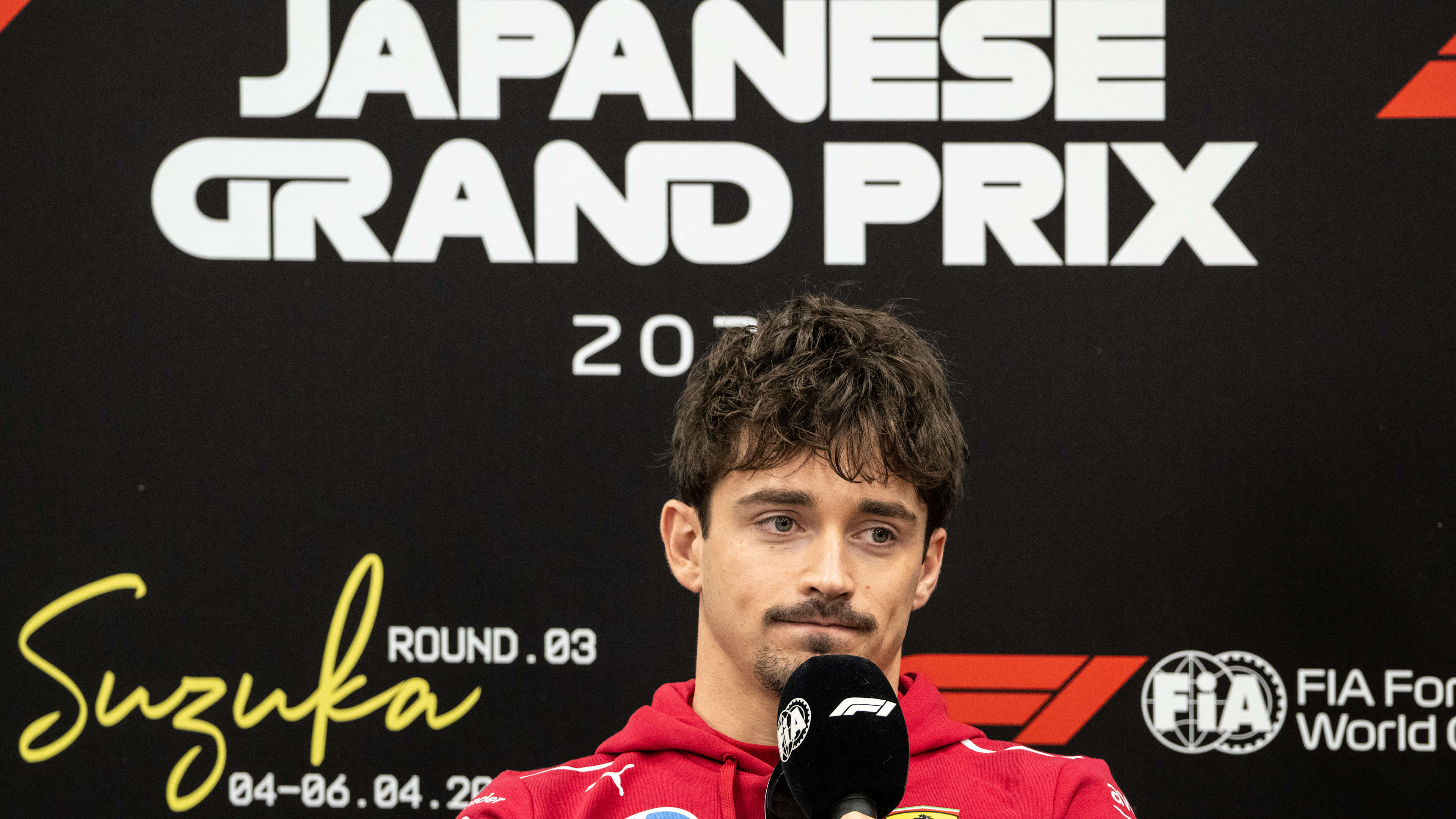Did you know that Monaco's hairpin is the slowest, tightest corner on the calendar? Or that Rubens Barrichello has recorded the most podiums in the Principality without a win? We bring you all the need-to-know stats, facts and trivia ahead of the Formula 1 Grand Prix de Monaco 2015 …
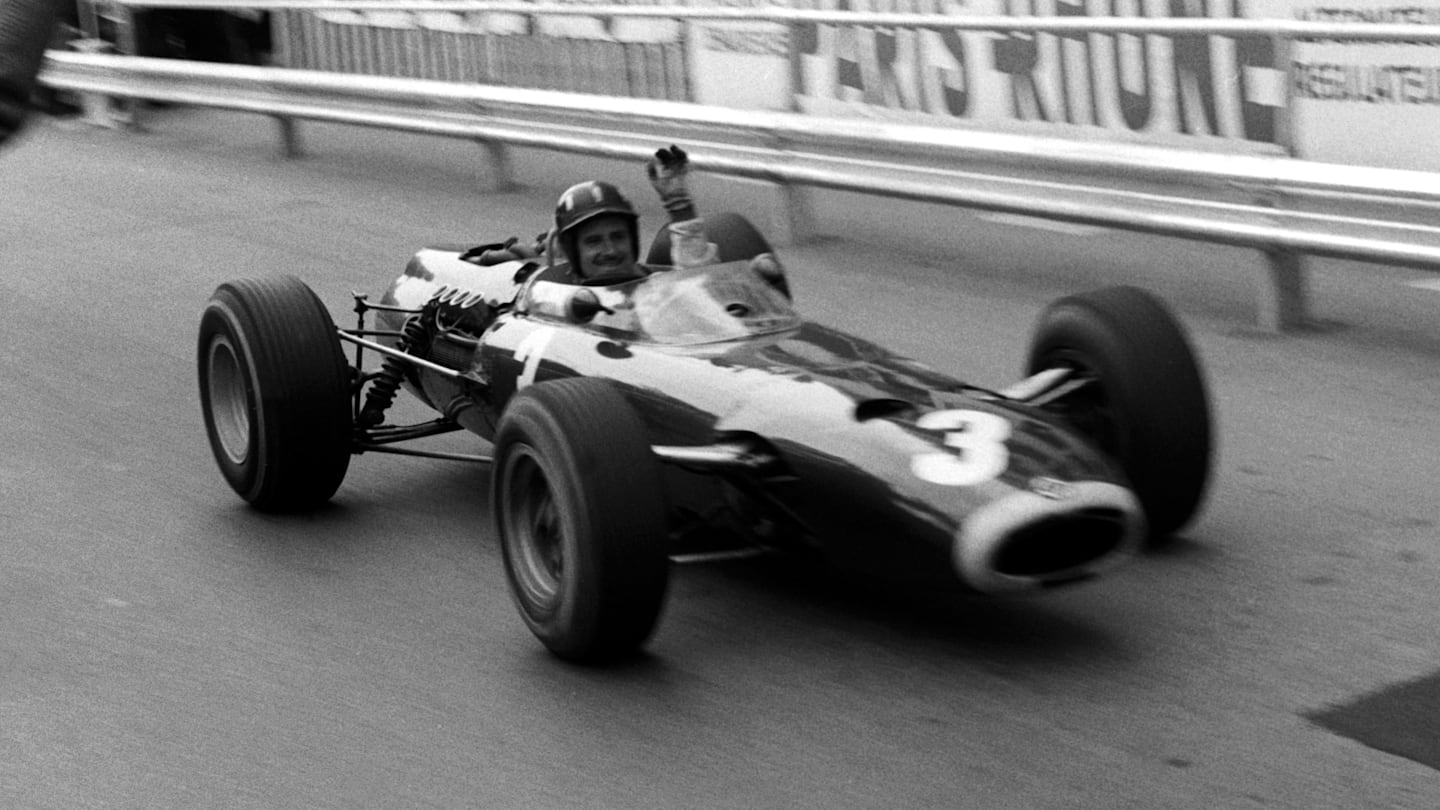
Race winner Graham Hill BRM P261 celebrates his victory. Monaco Grand Prix, Monte Carlo, 30 May 1965.
Graham Hill earned the nickname 'Mr Monaco' thanks to his five victories in the Principality
- Monaco hosted the second round of the inaugural Formula One World Championship in 1950, the race being won by Juan Manuel Fangio in an Alfa Romeo. However, there was then a four-year gap before Formula One racing returned to Monte Carlo in 1955. The Monaco Grand Prix has remained on the calendar ever since, with only Monza having played host to more races.
- Although the basic layout of the circuit has remained the same since the inaugural world championship race in 1950, several revisions have been made over the years, most notably in 1973 when the building of a swimming pool on the harbour front necessitated the use of a new section. The current final corners, La Rascasse and Anthony Noghes, were introduced in the same year in place of the Gasworks hairpin.
- The circuit will be revised again for the 2015 race - very slightly. Minor realignment of Turns 12-14 (Tabac to the Swimming Pool) means this year’s lap will be 3m shorter than in 2014. As a result, Michael Schumacher’s lap record, which has stood since 2004, will change hands on Sunday.
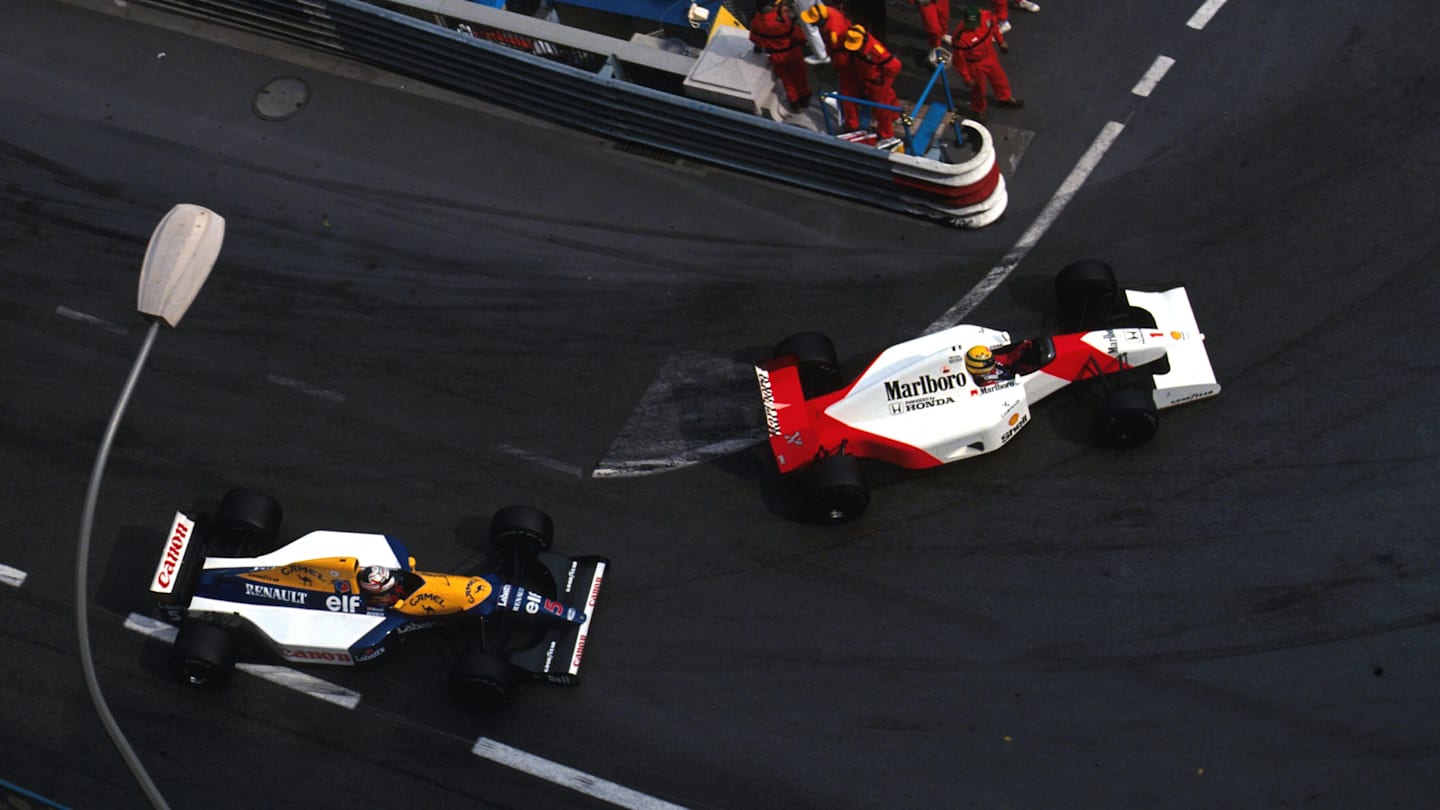
Ayrton Senna (BRA) McLaren MP4/6B leads Nigel Mansell (GBR) Williams FW14B during a very closely fought battle to the line. Monaco Grand Prix, Monte-Carlo, 31 May 1992
Ayrton Senna secured his fifth Monaco win by the smallest margin in history - 0.215s
- An extraordinary amount of equipment is required to turn Monaco’s ordinary roads into a fully-fledged race circuit. Included in that list is 33 kilometres of safety rails, 20,000 square metres of wire catch fencing, 3,600 tyres for tyre barriers and 1,100 tonnes of grandstand seating for spectators. Some 650 marshals are also stationed around the track on a race weekend.
- Graham Hill was nicknamed ‘Mr Monaco’ for his five victories in the Principality, but it’s Ayrton Senna who holds the record for the most wins in Monte Carlo - six, including five consecutive victories from 1989 to 1993. Of course, were it not for an uncharacteristic crash at Portier 12 laps from the end of the 1988 race the great Brazilian would have seven victories to his name. Having finished second in 1984 and third in 1986, Senna also holds the record for most Monaco podiums with eight.
- Nico Rosberg is going for his third successive Monaco win in this year’s race. The only other drivers to have won three or more in a row are Senna, Alain Prost and Graham Hill. Fernando Alonso is the only other multiple Monaco winner on the current grid, having won in 2006 and 2007. Kimi Raikkonen, Lewis Hamilton, Jenson Button and Sebastian Vettel have all won once.
- In terms of manufacturers, no one has been as dominant in Monaco as McLaren, who have triumphed at the street track on 15 occasions. By contrast Ferrari have taken eight wins, but considerably more overall podium finishes (48 to McLaren’s 26).
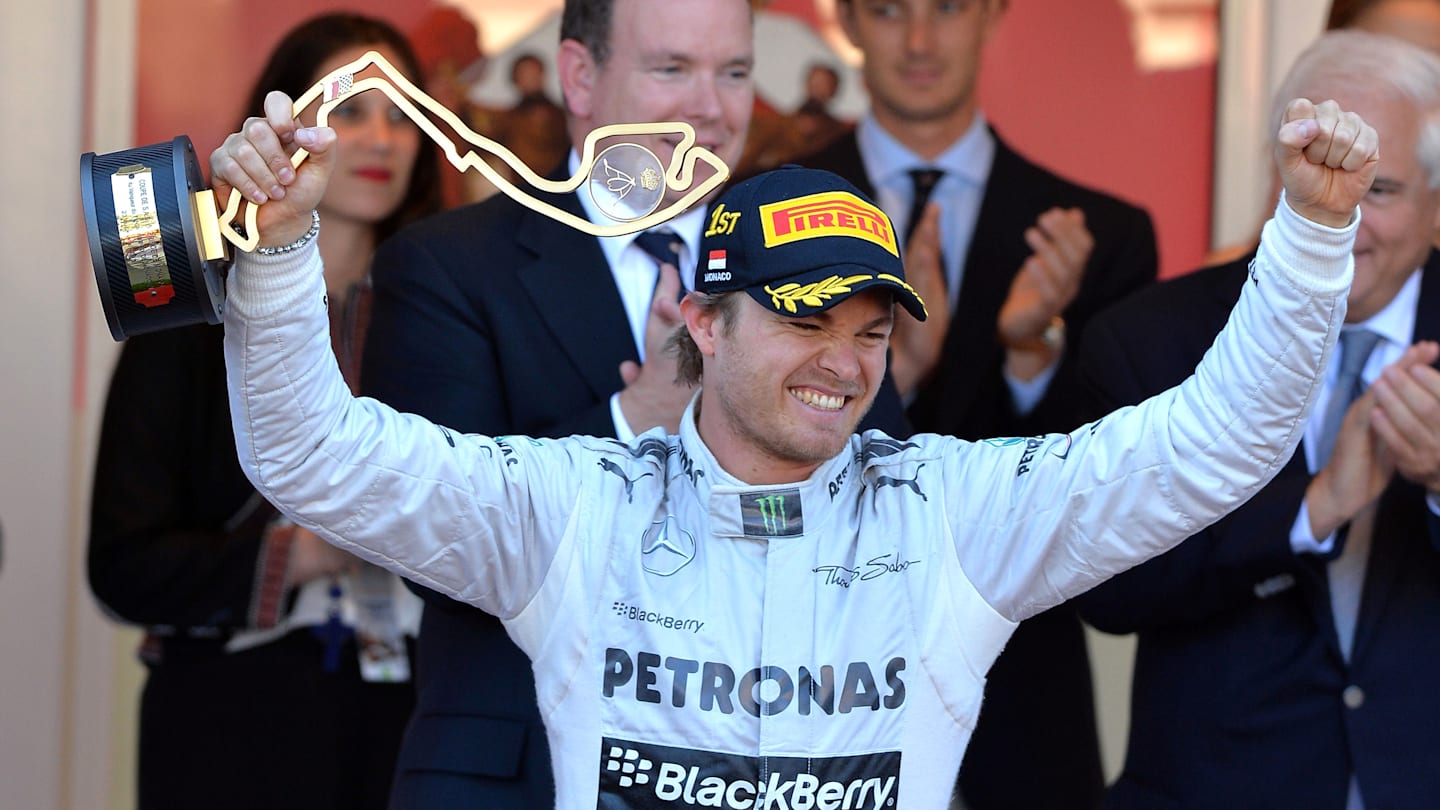
Race winner Nico Rosberg (GER) Mercedes AMG F1 celebrates on the podium. Formula One World Championship, Rd6, Monaco Grand Prix, Race Day, Monte-Carlo, Monaco, Sunday 26 May 2013.
Victory this year would make Nico Rosberg only the fourth man in history to win at Monaco three or more times in a row
- Alonso’s 2007 win was achieved at an average speed of 155.551km/h (96.654 mph) - the fastest winning speed in Monaco history. The slowest winning speed - 98.700 km/h (61.329 mph) - came at the first race in 1950, though in the same event Juan Manuel Fangio recorded the joint biggest winning margin in Monaco history - one whole lap. Graham Hill and Denny Hulme also won by a lap, in 1964 and 1967 respectively. The smallest winning margin came in 1992 when Ayrton Senna beat Nigel Mansell by just 0.215s.
- Rubens Barrichello holds the record for the most Monaco podiums without a win - five. Double world champion Jim Clark holds the record for most Monaco pole positions without winning the race - four. And Nigel Mansell holds the record for the most laps led in Monaco without ever winning - 104. Michael Schumacher - a five-time Monaco winner - holds the record for the most laps led in the Principality - 435.
- As overtaking is so difficult at Monaco, it’s perhaps unsurprising that nine of the past ten races have been won from pole position (the only outlier being Lewis Hamilton’s win from third on the grid in 2008). However, pole hasn’t always been so important at the venue - in fact, the pole sitter has only emerged victorious 28 times in 61 races.
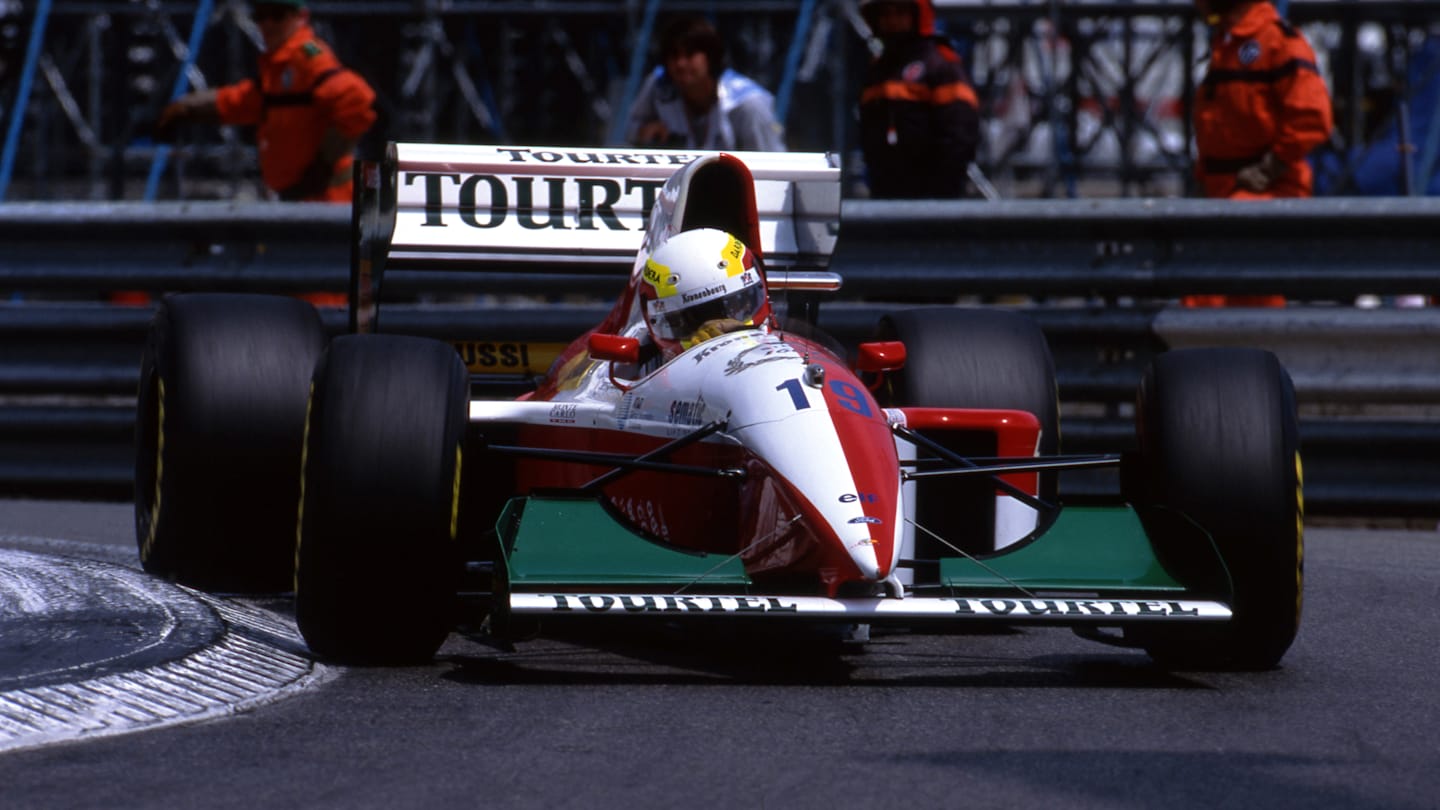
Olivier Beretta (MON) Larrousse Ford LH94. Formula One World Championship, Rd4, Monaco Grand Prix, Monte-Carlo, Monaco, 15 May 1994.
Olivier Beretta is one of just two Monegasque drivers to have raced in F1
- Olivier Panis holds the record for winning from the lowest grid slot, having triumphed from 14th on the grid in 1996. The same race featured the lowest number of cars running at the flag - just four. Panis incidentally is one of three drivers whose only career wins came at Monaco. The other two are Jean-Pierre Beltoise (1972) and Jarno Trulli (2004).
- Two drivers have represented Monaco in Formula One history - Olivier Beretta and Louis Chiron. Chiron took his one and only F1 podium finish on home soil in 1950, finishing third behind Fangio and Alberto Ascari. Aged 50, he remains the second oldest F1 podium finisher.
- At 3.34 km, Monaco is not only the shortest circuit on the calendar, it can also boast the sport’s slowest, tightest corner. Turn 6 - the hairpin - is taken at around 50 km/h (31 mph) and requires the drivers to apply maximum steering lock in order to make it around.
- Not surprisingly given the nature of the circuit, the safety car tends to make frequent appearances in Monaco. In fact, ten of the last 15 races have featured one or more safety-car periods. Last year there were two, both the result of collisions: the first when Sergio Perez spin and collided with Adrian Sutil and Romain Grosjean, and the second when Sutil lost control coming out of the tunnel and crashed at the chicane.
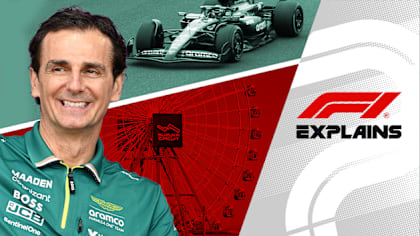
)


